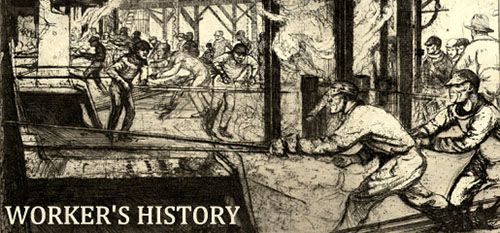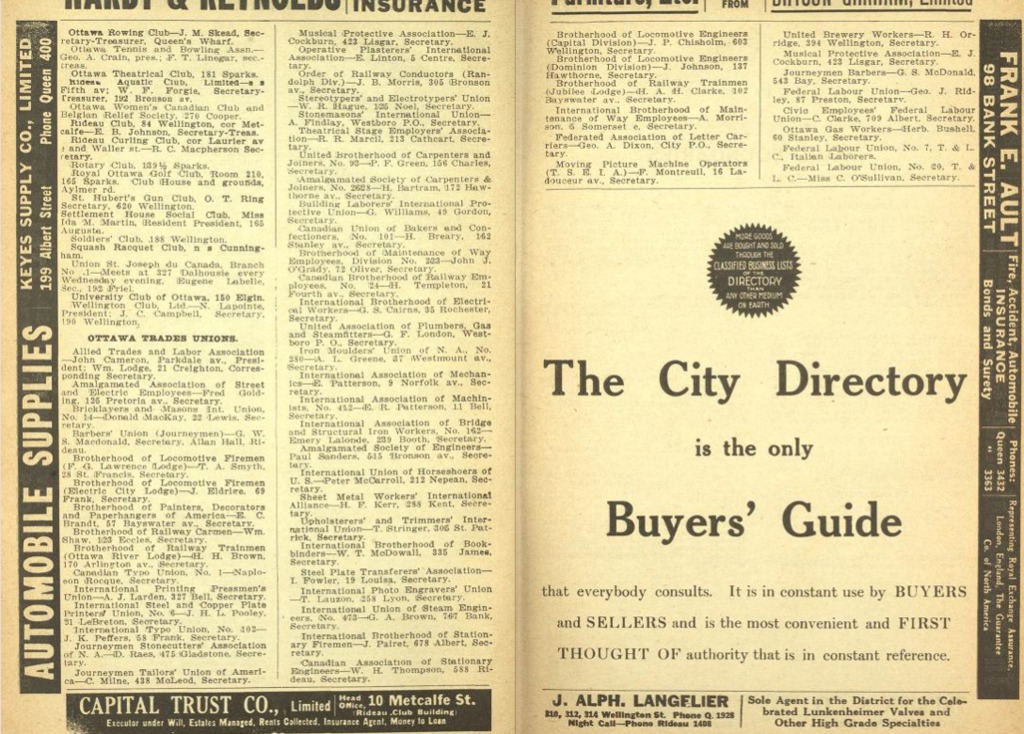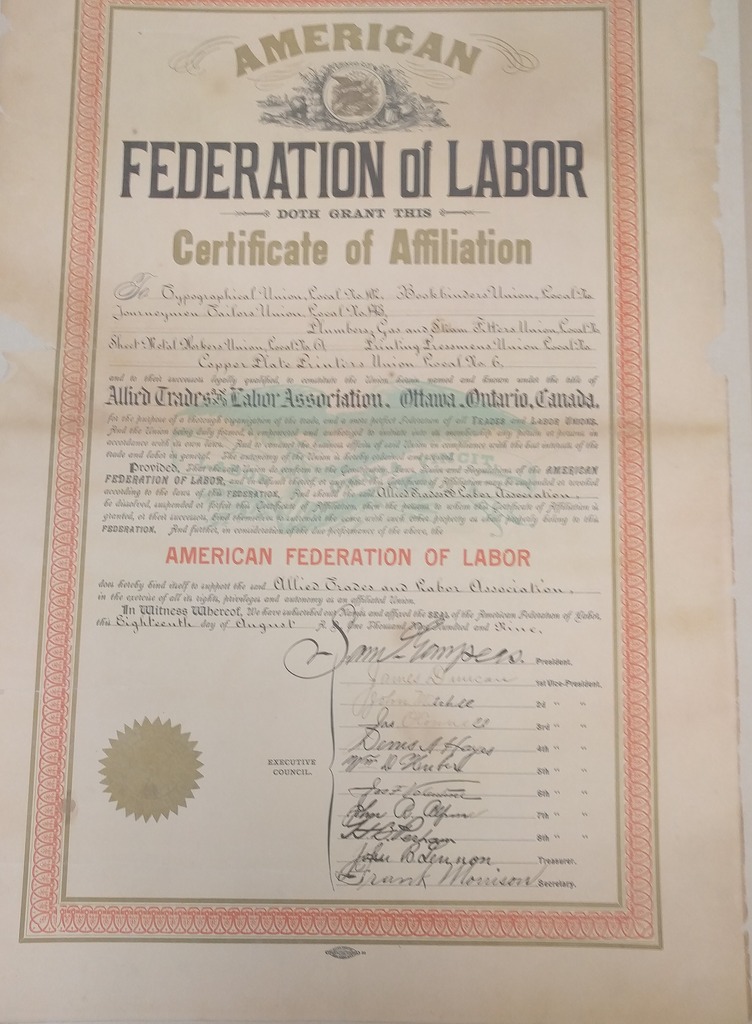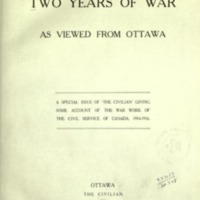Unions
By the early 1900s, formal unions in Canada were still relatively young. There had been movements as early as the 1850s, but this came to a head in the 1870s with the push for a nine hour work week. This movement, much of it in Toronto, culminated in John A. Macdonald introducing the Trade Union Act in April of 1872, celebrated in Ottawa with a torchlit procession. While it did not require employers to recognize or bargain with them, the act legalized and protected trade unions, and from here collective action grew. In 1907 the Industrial Disputes Investigation Act was passed, describing itself as "An act to aid in the prevention and settlement of strikes and lockouts in mines and industries connected to public utilities." Outlawing strikes in these areas until a conciliation report was submitted, the ideal was to ensure that groups negotiated more cooperatively, though in practice this benefitted the employer, stripping the unions from striking as a negotiation tactic while granting their employer time to prepare.
By 1916 Ottawa’s city directory listed 48 organizations under Ottawa Trade Unions, and the Allied Trade and Labour Association (ATLA) was foremost. Founded in the aim of providing a more central organization concerned with the welfare of workers, the ATLA was not the first of its kind in Ottawa. The Canadian Labour Union had made a similar attempt in the immediate aftermath of the Trade Union Act, but had disbanded by 1876. A second attempt, the Ottawa Trades and Labour Council, died within a decade of its formation in 1889. The ATLA was formed in 1897, would prove to be more enduring.
The ATLA constituted itself on several leading principles. First was its duty to use its influence on lawmakers to secure regulations of employment of children, securing proper laws regulating hours constituting days of work, proper enforcement of inspection of workshops and factories, and reform in prison labour to prevent its competition with “honest industry.” It noted further that it was the duty of every workingman to work towards the common goals of the labouring class generally, and that a central organization should exist for all branches of labor to form as allies to any one that is oppressed. They endeavoured to ensure that all existing labour laws were enforced, that differences between employers and employed were arbitrated, and defend self-employment of labour.
Alongside the growth in labour unions, Civil Service unionism was also on the rise. With the greatest concentration of civil servants, Ottawa was a hotbed for their organization. The Civil Service Association of Ottawa, or CSAO, was created in 1907 to allow civil servants to discuss matters collectively, and two years later joined the newly formed Civil Service Federation of Canada as its most prominent constituent. The Civilian, a journal founded in 1903 to represent the CSAO, became a mouthpiece for the federation as a whole. Despite some distrust between civil servants and labourers, who often felt their goals to be at odds, increasing affiliation with labour unions grew in the following decades. Controversy on whether civil servants should affiliate with labour unions came to a head in 1920, and despite opposition from the CSAO and the government the Trades and Labour Congress of Canada chartered Federal Union No. 66, the Associated Federal Employees of Ottawa (AFEO) on July 20th 1920 from 78 members to 1,366. It ceased by 1921, but indicated a significant faction of civil servants desiring alliance with labour unions.
Sources:
Library and Archives Canada, "Associated Federal Employees of Ottawa" https://www.collectionscanada.gc.ca/canadiana-authorities/index/view?cdnAutNbr=0020J3698&format=full&index_name=heading&search_text=&page=1354&filter=
Ottawa Archives “Industrial Disputes Investigation Act 1907” MG566 A2016-0309
Ottawa Archives “ATLA constitution, bylaws and rules of order” MG566 A2016-0309
Sykes, Peggy J. “A History of the Ottawa Allied Trades and Labour Association 1897-1922; a Study of Working-Class Resistance and Accommodation by the Craft Worker.” Text, 1992. https://curve.carleton.ca/ec93bd25-af02-409e-93bd-b00a77962b88.
Canadian Labour Congress, 'History of Labour in Canada" https://canadianlabour.ca/why-unions/history-labour-canada#short-week
The Civilian, Two Years of War as viewed from Ottawa, University of Toronto, https://archive.org/stream/twoyearsofwarasv00ottauoft#page/n0/mode/2up
Thompson, Antony. "Federal Employee Unionism in Canada, 1911‐1939" https://www.acadiau.ca/~thomson/federalunionism/fedemplch4.pdf




